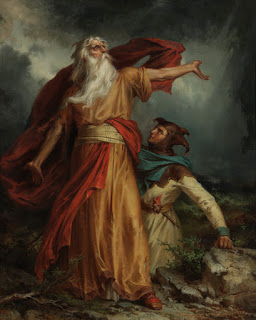William Butler Yeats' use of symbols in various poem
Certainly, let's briefly explore the use of symbolism in W.B. Yeats' poems: "A Prayer for My Daughter," "No Second Troy," "The Tower," and "The Lake Isle of Innisfree."
1. A Prayer for My Daughter:
2. No Second Troy:
The poem explores Yeats' complex relationship with Maud Gonne, a figure he idealized. The symbol of Helen of Troy represents Gonne's beauty and allure, while the "ignorant, in the hour of senseless death" signifies the destructive consequences of unrequited love. The use of classical symbols enhances the tragic theme, offering a lens into Yeats' personal struggles and the broader implications of unattainable ideals.
3. The Tower:
In "The Tower," Yeats employs rich symbolism to explore themes of aging, self-reflection, and artistic creation. The tower itself is a potent symbol, representing the poet's quest for spiritual and artistic enlightenment. The falcon, a recurring motif, symbolizes poetic inspiration. The poem's intricate symbolism reflects Yeats' preoccupation with the mystical and his search for meaning in the later stages of life.
4. The Lake Isle of Innisfree:
This poem is known for its simplicity and pastoral imagery. The isle symbolizes an idyllic escape from the complexities of urban life, embodying Yeats' desire for a tranquil retreat. The use of nature, the bees, and the peace of the lake symbolize the poet's yearning for a harmonious and simplified existence. The poem's enduring popularity lies in its evocative portrayal of a utopian refuge.
In summary, W.B. Yeats' adept use of symbolism in these poems adds layers of meaning, allowing readers to delve into the poet's personal experiences, philosophical reflections, and societal critiques. The symbols employed contribute to the depth and universality of his work, making these poems timeless explorations of the human condition.

.jpg)
Comments
Post a Comment